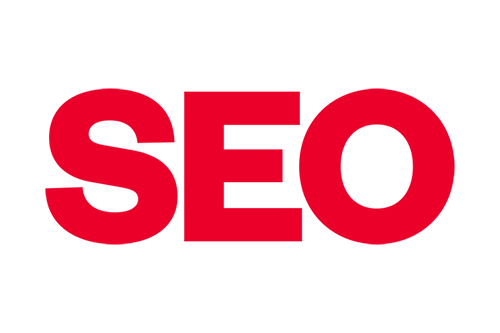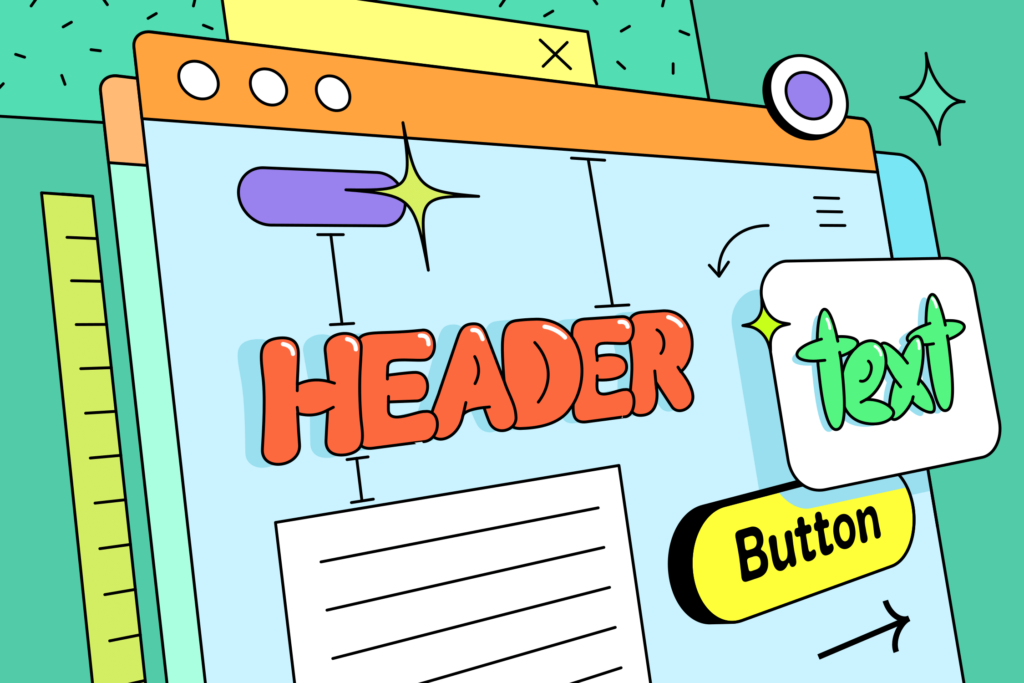
Any time you make content updates to your website, Google and the other search engines take notice. Depending on the changes, Google adjusts your site’s rankings accordingly. Logically, you can assume that adding fresh, quality content will improve your rankings. This is true, provided you go about it the right way.
Whenever you add or delete content, you are affecting your SEO. While your intention is to generate positive results, the opposite is sometimes true, even when your changes improve the overall quality of the content on the page. The same applies when redesigning your website or restructuring navigation. The changes may be needed, but you may encounter pitfalls that cause you to lose rankings rather than increase them.
This article explains how changes to your website content and design can affect your SEO.
How Updating Content Affects SEO
Most people logically assume that updating your website’s content is a surefire way to boost rankings and improve overall SEO. Many times, this is true. Stale or poorly optimized content does nothing to drive traffic. If you have a low-performing page with low-ranking keywords, then, by all means, update that content. However, updating content without a strategy has its pitfalls.
When Fresh Content Is Needed
The general definition of content is any media that delivers valuable and relevant information, whether written copy, video, animation, or audio. Website content does more than describe your website. By design, it should answer customer questions, relate news, or share pertinent information about your industry.
Keeping content fresh is not a matter of making minor updates to existing pages. If improved rankings are a goal, more significant changes may be needed. A typical channel for new content is a blog because it enables you to add fresh, new pages without changing the overall architecture of your website. For eCommerce sites, new pages are often needed to house new product categories.
Whether you are adding blog articles or revising existing pages, the SEO value of fresh content depends on your ability to accomplish the following.
Search Engine Indexing
When search engine crawlers detect a new page on a website, they crawl it and organize it within the Search Index. These web crawlers gather information from billions of web pages. The software uses prior crawl history and sitemaps as it visits websites, paying attention to new sites, pages, page changes, and dead links. This indexing and re-indexing can improve your website’s SEO.
Maintain Keyword Optimization
New content becomes an opportunity to apply organic keyword optimization, which improves SEO. Relevant content should contain those targeted keywords that will help the page rank higher on Google and other search engines.
Strengthen Website Authority
New content creates new pages and invites other websites to link to yours. These backlinks register with search engines and establish a higher level of authority for your website. In other words, your website becomes known as a valid source of authority on your topic and within your niche or industry. The higher the authority, the more Google will lead users to your website in response to their search queries.
In addition to link-building opportunities, publishing quality content attracts past visitors to return to engage with your website again. This is a higher quality of traffic, which further establishes authority and improves your SEO.
When NOT to Revamp Your Content
While good SEO practices include adding fresh content to improve keyword optimization, establish authority, and drive traffic, there are instances where you should refrain from revising or replacing content. Some changes can actually damage your SEO.
For example, if you have a page that is already a high-ranking page, you may not want to do anything that could accidentally disrupt the SEO. Perhaps the page is already ranking for specific, targeted keywords. There’s really no reason to change that.
In addition, there are areas on every page that work together to form SEO value, so revising pages without considering this interlinking structure could have negative consequences. For example, your page titles, Heading 1s (H1s), headlines, descriptions, and even bulleted lists within the web copy all support SEO. Revising or replacing any of those could remove high-ranking keywords that were performing well. If the page absolutely needs updating, leave those areas alone and focus on the supplemental elements of the page. You may have a promotion running, and you can place the details on that page or add an update about your business.
The same principle applies to low-performing pages. While it’s obvious the page needs to be optimized, be careful when modifying your page titles, meta descriptions (more about this later), and the other areas mentioned in the paragraph above. Some of those areas could be left alone if they already contain relevant keywords.
Changing Content at Regular Intervals
The most common reason website owners have for changing their content is to transition through seasons or promotions. Many retail businesses change their catalog and promotions to match the shopping seasons. In this case, they may want to swap out a good chunk of their content, especially on their home page. Rather than run the risk of undoing their SEO, they can apply strategies to keep current without wiping out existing pages.
For instance, it’s better to create static pages for each season that remain on your website year-round. Some content will update yearly, though your page title and basic headlines can remain. Then, on your homepage, you can feature an inset or banner ad with links to whichever seasonal page you want visitors to see. This way, your homepage contains minimal changes and remains a high-ranking page. Likewise, your seasonal pages also remain searchable because they remain on your website.
How Website Redesigns Can Affect Your SEO
In addition to changing content, many website owners decide it’s time to redesign the entire website. As a company grows or faces challenges, redesign becomes a necessity. While there are many valid reasons for doing this, website redesign can be an SEO nightmare if poorly executed. Design elements like graphics, navigation, font, mobile optimization, and even layout consistency all impact SEO.
Website redesign involves changing an existing website’s functionality, design layout, and content (visual and textual) to better match changing trends, customer needs, or business goals. The website may need an aesthetic refresh to remove an outdated look. Or, you may need to add new features. Usually, this involves cosmetic changes only. Most of the time, these types of changes have little impact on SEO, and they enhance customer experience.
Other times, the website needs to be more user-friendly, so navigation changes are made to improve customer experience as well as search results. The result is often a complete restructuring of the entire website. When done with SEO in mind, a complete redesign can simultaneously improve the functionality, user experience, and SEO. Aside from being more visually appealing, an improved user experience means more engagement and better site performance in terms of page load times, etc.
Next are some design elements that directly affect SEO.

Navigation and Structure
Poor navigation leads to over 60% of visitors leaving the website. So, a site must have straightforward navigation that enables visitors to glide through the site easily. They will look elsewhere if they can’t find what they are looking for. Strong navigation also allows search engine crawlers to gather their information and report to the search engines.
Thus, having a logical, organized structure is paramount. Your headers and headings should be descriptive and point to the correct location. The language should be clear and jargon-free. Further, the navigation should reflect the organization of your site content, which should be grouped into logical categories and subcategories. Your visitors should be able to explore and find what they need quickly.
To assess your navigation, use web analytics to check your site’s bounce rate and drop-off rates. You can also see where users spend the most time on your website and which areas get little exposure. You can revise the navigation using that information. Better navigation leads to greater user engagement, which raises search engine rankings and increases revenue.

Consistent Layout
Going hand-in-hand with logical navigation, a consistent page layout should be maintained throughout the site to assist users in finding what they are looking for. A standardized layout makes it easy for users and crawlers to move through your site and find what they need. Any new content should follow this layout to avoid confusion. If redesigning your website completely, make sure to restructure all like pages the same way.
Images and Video Content
Image, video, and content optimization ensure your site attains visibility in Search Engine Results Pages (SERPs). While it’s logical to assume that the more visuals, the better, remember that even a website’s graphics must be well-designed and relevant to your page and business. They should be placed in logical locations to support the other content on the page.
Graphic and video files should be compressed and otherwise optimized to decrease page load times and improve your visitor’s experience. In addition, visual content should have keywords embedded in the metadata and alt-text so that they address accessibility needs as well as appear in search results. If you include video files, set them so they do not autoplay. That way, they have less impact on load times.
Readability
Content readability is also an area to evaluate when redesigning a website. Users should be able to scan your content quickly and remain engaged, exploring more of your content. The text should be in a large enough font and style that works on all devices, including mobile. Make use of white space and chunk your information into smaller paragraphs, using headings, subheadings, and bullet points where practical. While none of these things will impact your keyword performance, they will increase user experience, thus increasing traffic and your rankings on SERPs.
Responsive Design
A responsive design makes a website mobile-friendly because it ensures it is optimized for all devices, from desktops to mobile phones. Most people use smartphones and tablets throughout the day, so mobile searches are predominant. Thus, responsive design has become essential.
In fact, in 2015, Google introduced an algorithm focused on mobile devices because users search using their mobile devices over PCs and desktops. So, if your website isn’t optimized for mobile, the crawler won’t be able to crawl the mobile versions of the site. And they won’t necessarily switch to the desktop version, which means your site drops in search results.
So, when redesigning a website, the primary focus should be on mobile design and responsive design to include the desktop version, not the other way around. Creating a responsive website is essential to search engine rankings.
Keeping SEO in Mind When Making Changes
Whether you are making minor updates or redesigning your entire website, there are several things to keep in mind regarding SEO. Quite often, specific changes can hurt your rankings rather than improve them.
Page Titles
As mentioned earlier, be careful when changing page titles. Before changing, review the page title(s) carefully, seeing what keywords they contain. Refer to your analytics to see how this page is currently performing. If you are ranking well for the keywords contained in the page title, you should keep the title or at least keep the same keywords in the revised title. Be selective when changing page titles, and do so sparingly whenever possible. Rerun your analytics after the change to see if or how the new title affects your SEO.
Meta Descriptions
A meta description is an attribute within your web page’s meta tags that describes the page. It’s a small amount of text that often appears in SERPs under the headline. When your ad ranks for a keyword, the user will see the page title and the meta description. Thus, meta-description tags impact SEO. Think of meta descriptions as organic search ad text.
When revising a page or an entire site, do not overlook the meta description. Does the meta description still match if you change the page’s content? If it doesn’t, the user won’t find what they are searching for, and Google won’t respond favorably either. Does changing the meta description also change the keyword(s) the page was ranking for? Is that a good or a bad thing? If you’ve approached your website updates with an SEO strategy in place, you’ll likely know the answers to these questions BEFORE you make the change rather than after the update brings down the page rankings.

When to Call in the Experts
By now, you know that changing or updating your website is not a simple matter of editing and adding content. All the issues in this article work together concurrently to make or break your SEO. If you have an in-house team of SEO experts – great! If not, consider hiring an SEO expert to assist you in this process. The improved site traffic, rankings, and consequent boost in revenue are often well worth the investment.